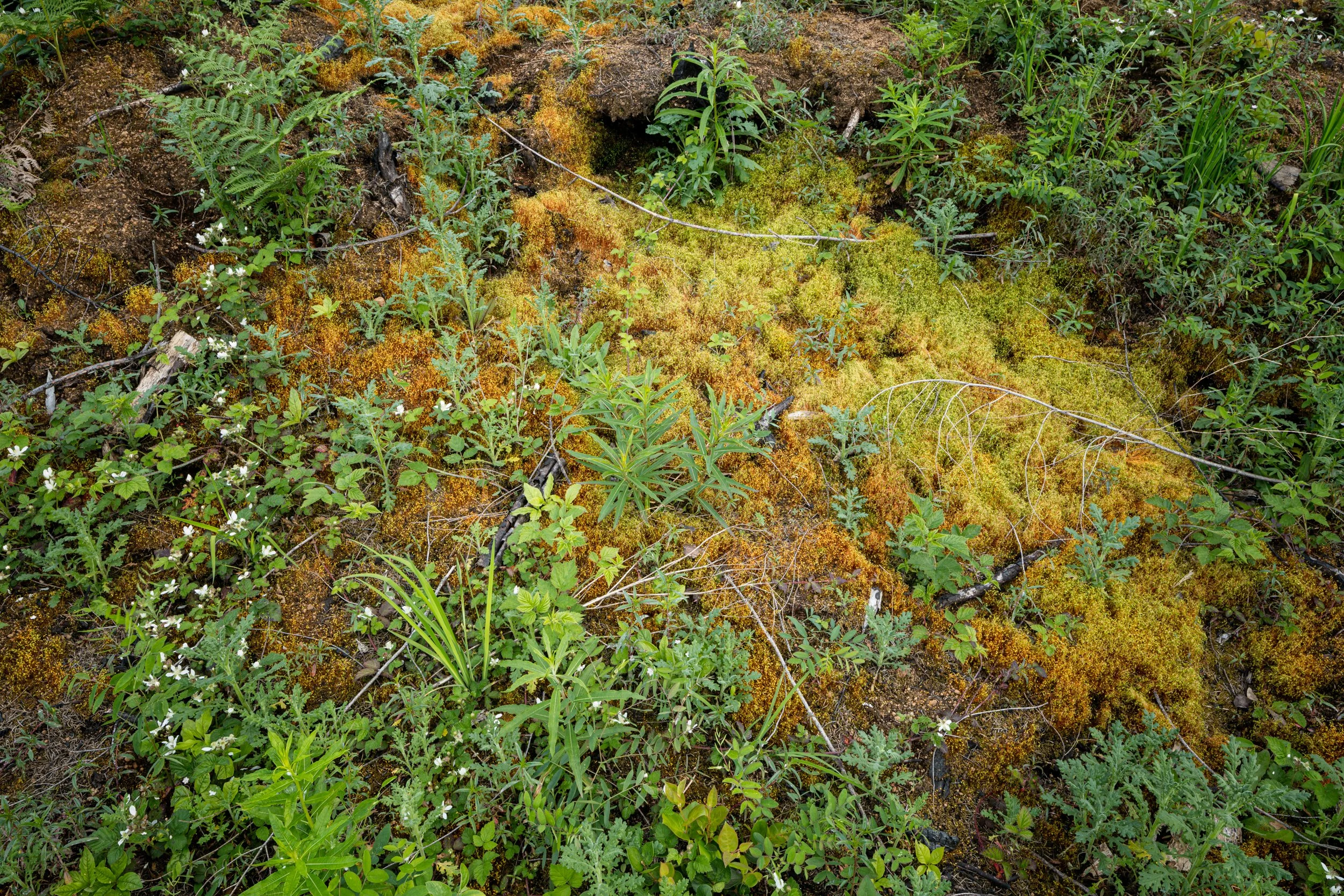Street Address
City, State, Zip
Phone Number
Documenting a Forest's Uncertain Future
Your Custom Text Here
RESILIENT FOREST The forest expresses itself dramatically in the days and years after the fire, first in its blackened skeletal state, then with a cascade of returning colors created by the abundance of life.






































